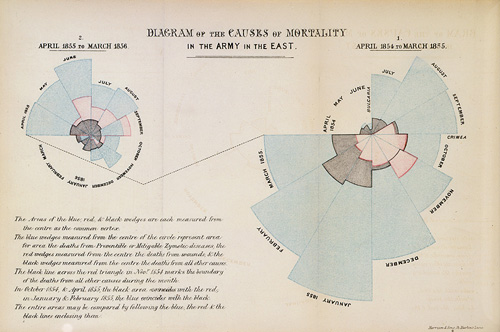It is time again for a look at why we celebrate Thanksgiving. Although I have made a guess once or twice before in past years, this year I noticed Wikipedia has a greatly enhanced entry. They filed it under “Legacy” for Sarah Josepha Buell Hale (October 24, 1788 – April 30, 1879).
Right away you might wonder how a woman born in 1788 could be responsible for a holiday introduced by settlers. Ah, as I mentioned five years ago, Abraham Lincoln was the first US President to recognize Thanksgiving. Before legislation in 1863 supported by him, the only American holidays were Independence Day and Washington’s Birthday.
Hale had tried, without success, to get the four prior US Presidents to adopt Thanksgiving. Lincoln found her appeal suited a particular need ; he saw it as a chance to repair relations after the Civil War by bringing families together for a holiday.
It did not acquire the imagery of Settlers and Native Americans at the same table for another 70 years.
…presidential declarations of Thanksgiving made absolutely no mention of the Plymouth Pilgrims or a “First Thanksgiving” until Herbert Hoover’s proclamation of 1931. This revision was apparently due to a change from how Pilgrims (and Indians) were perceived. Depictions of the settlers in America before the 19th century showed violent confrontation with people they encountered. As late as the 1910s a typical Thanksgiving “Pilgrim-puritan” image is more likely to have suggested settlers were fleeing a shower of arrows and running to safety than sitting down for a friendly meal with the “natives”.
The original letter by Hale to Lincoln is also found on Wikipedia, under the section on her Legacy.
The letter does not appear on the Wikipedia entry for Thanksgiving. Perhaps even more disturbing is that the name “Hale” does not appear anywhere on the Thanksgiving entry. It appears instead in the Thanksgiving_(United_States) entry. My guess is that some people are intent on documenting Thanksgiving as an ancient festival. I think there is danger in confusing a distinctly American celebration with harvest festivals that have existed for thousands of years.
It is a wonder so few people think of Hale as the author of the American holiday Thanksgiving. A first-person account I read once from that period convinced me that many Americans thought it peculiar to adopt it as a holiday. They did not see a long history of harvest festivals in their past.
Instead, they reflected upon it as something the religious might celebrate in the East. I remember one diary by a girl who in 1863 talked about her family discussing their “first” Thanksgiving to support the US President despite reservations about Puritans. Wikipedia brings this up as a southern phenomenon, but I think that is incorrect.
In some of the Southern states, there was opposition to the observance of such a day on the ground that it was a relic of Puritanic bigotry
It was likely to be more nation-wide, as opposition to Puritans definitely was not isolated to the South:
Thanks go to Hale, I suppose, for her persistence and overcoming secular resistance and convincing Lincoln to create a national and secular Thanksgiving.
Hopefully her story will become a regular discussion topic at the dinner table. Despite the updates to Wikipedia entries for Thanksgiving history, and well-timed stories in regular press about Hale and Lincoln, she may remain more famous for her poetry:
Mary had a little lamb,
little lamb, little lamb,
Mary had a little lamb,
whose fleece was white as snow.
And everywhere that Mary went,
Mary went, Mary went,
and everywhere that Mary went,
the lamb was sure to go.

